Other Attractions
KIBEHO RELIGIOUS TOURISM
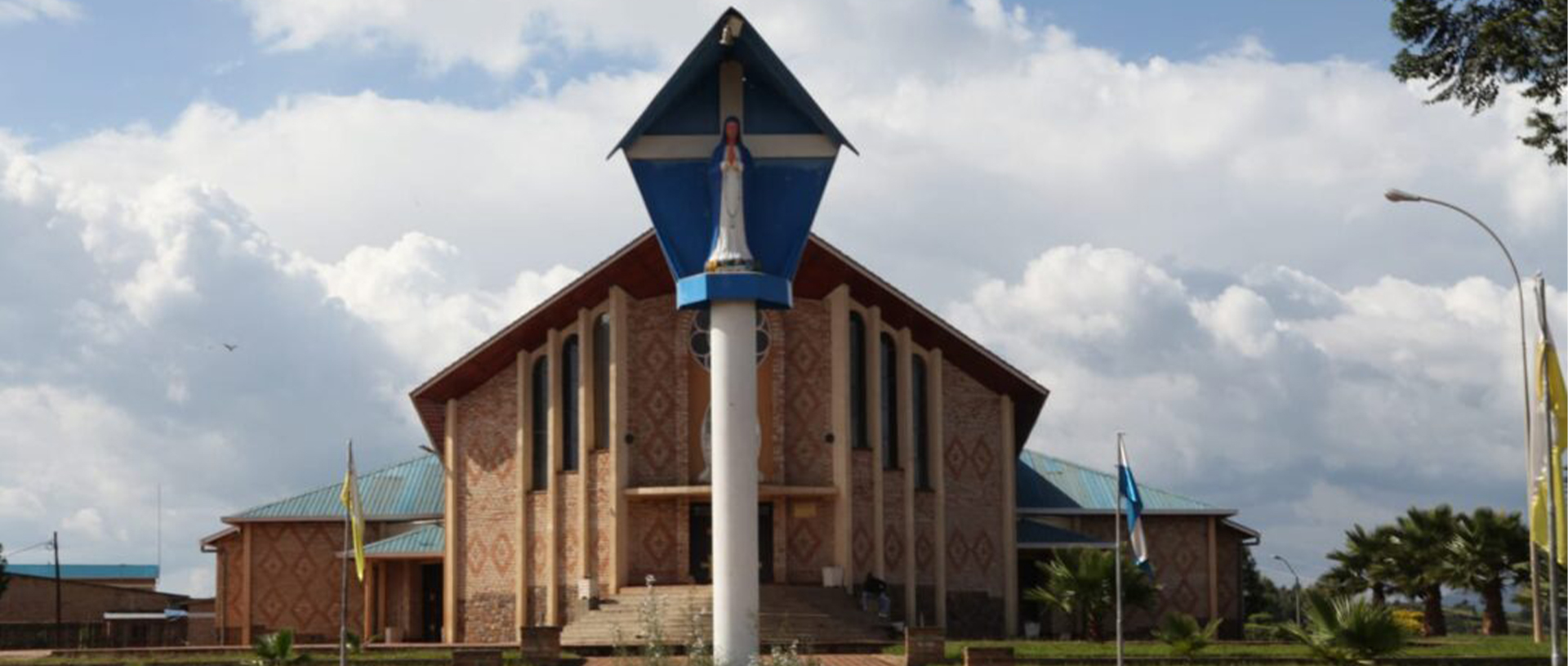
Kibeho Parish has been a global pilgrimage destination for Roman
Catholics since the Virgin Mary appeared on 28th November 1981. The focal point is Kibeho Church,
where the faithful receive Holy Communion. Today the site is host to pilgrims throughout the year
with two major dates dominating the calendar – Assumption Day (15th August) and 28th November (the
anniversary of the Virgin Mary’s appearance). At peak, Kibeho Church receives between 25,000-30,000
visitors’ religious tourists and pilgrims flocking from across the world, from the Americas, Europe
and India. From East and Central Africa, at least 100 religious tourists a week, are registered.
HUYE: EXPEREINCE COLONIAL ARCHITECT AND HISTORY
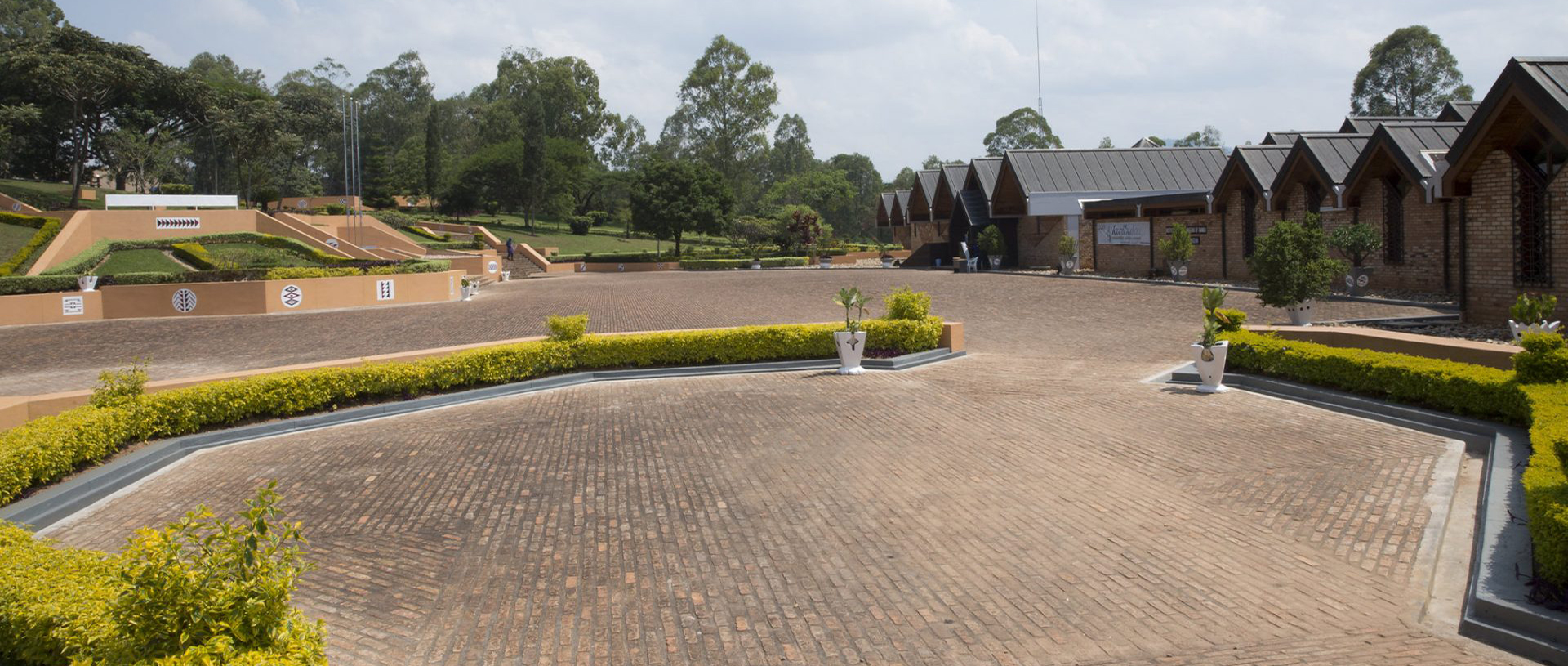
Huye was founded in the early colonial era, as
evidenced in the architecture of the city center. For a period, it was known as Astrida, after the
late wife of the Belgian King Leopold III. This region has been significant as a Centre of power and
much of its history has been passed down the generations through oral tradition alone. Today, Huye
is a center of academia, housing the National University of Rwanda and the National Institute of
Scientific Research, as well as various training schools and colleges. It is also a religious center
with massive cathedrals and churches.
At Huye is also found the Ethnographic Museum, also known as the National Museum. It houses the
finest ethnographic collection in Africa. On display you find traditional art facts and antique
monochrome photographs depicting the pre-colonial era as well as Rwanda’s transition into a modern
state.
THE KINGS PALACE / NYANZA – RWANDA’S CULTURE.
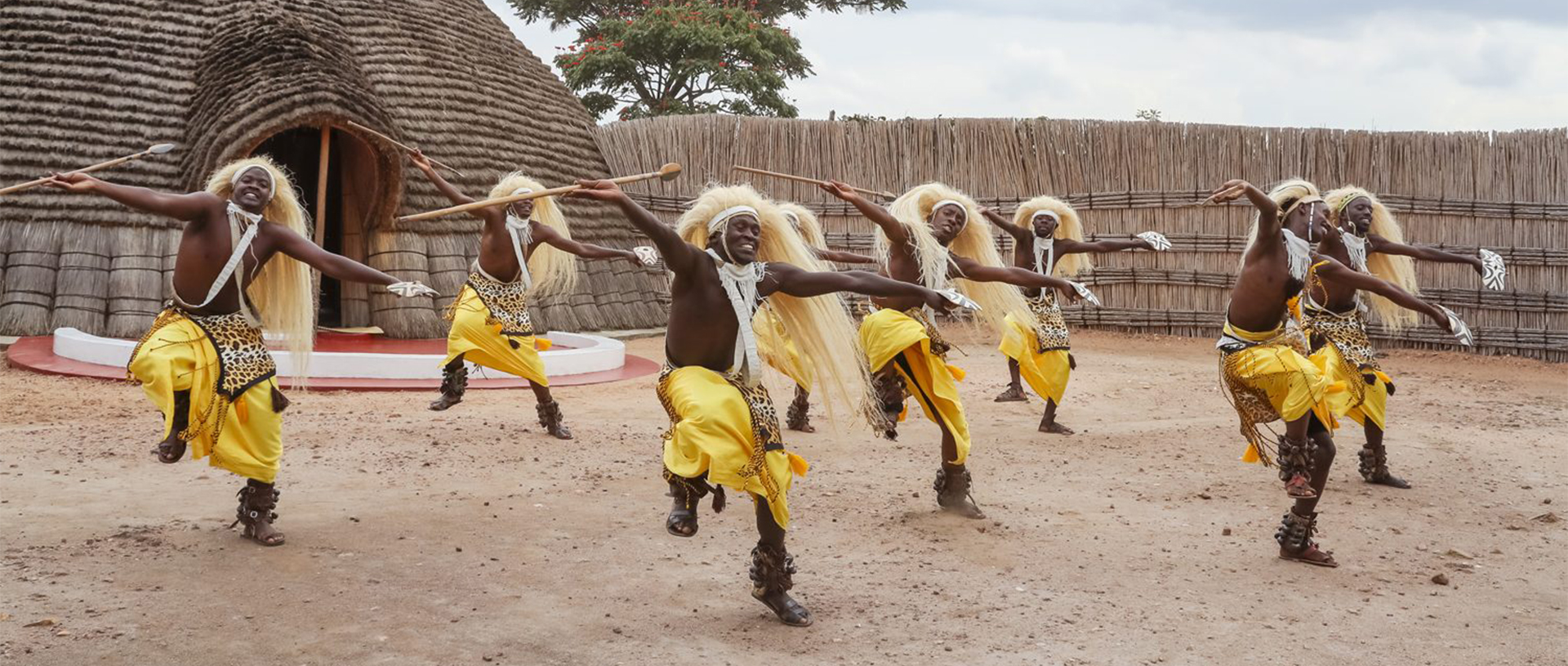
The King’s Palace in Nyanza (the administrative
capital of Southern province) highlights the old ways life.
There is reconstructed traditional royal residence, a beautifully-crafted thatched dwelling shaped
like a beehive with a few long-horned Ankole cattle descended from the king’s herd, whose keepers
carefully tend and sing to them.
In the olden days, Rwandan kings were very mobile, moving between numerous residences scattered
throughout the kingdom.
However, by the late 19th century the growing colonial presence risked
undermining the authority of the crown. In an attempt to counteract this, Mwami (King) Musinga
Yuhi V made Nyanza the first permanent royal capital of Rwanda in 1899 and it kept this status
until the country became a republic in 1962.
The royal court impressed the Belgians sufficiently that they chose to exert control through the
existing power structure and largely refrained from intruding on the city. Western accounts full
of colour, pomp and ceremony blend with Rwandan oral tradition to put Nyanza firmly on the map of
cultural heritage.
Whilst Nyanza’s hillsides are no longer covered in roundhouses and the royal court is long
dispersed, the region remains an important cultural center and a convenient stopover for
tourists en- route to Nyungwe National Park.
RUBAVU – THE CENTRE OF SAND AND SUN
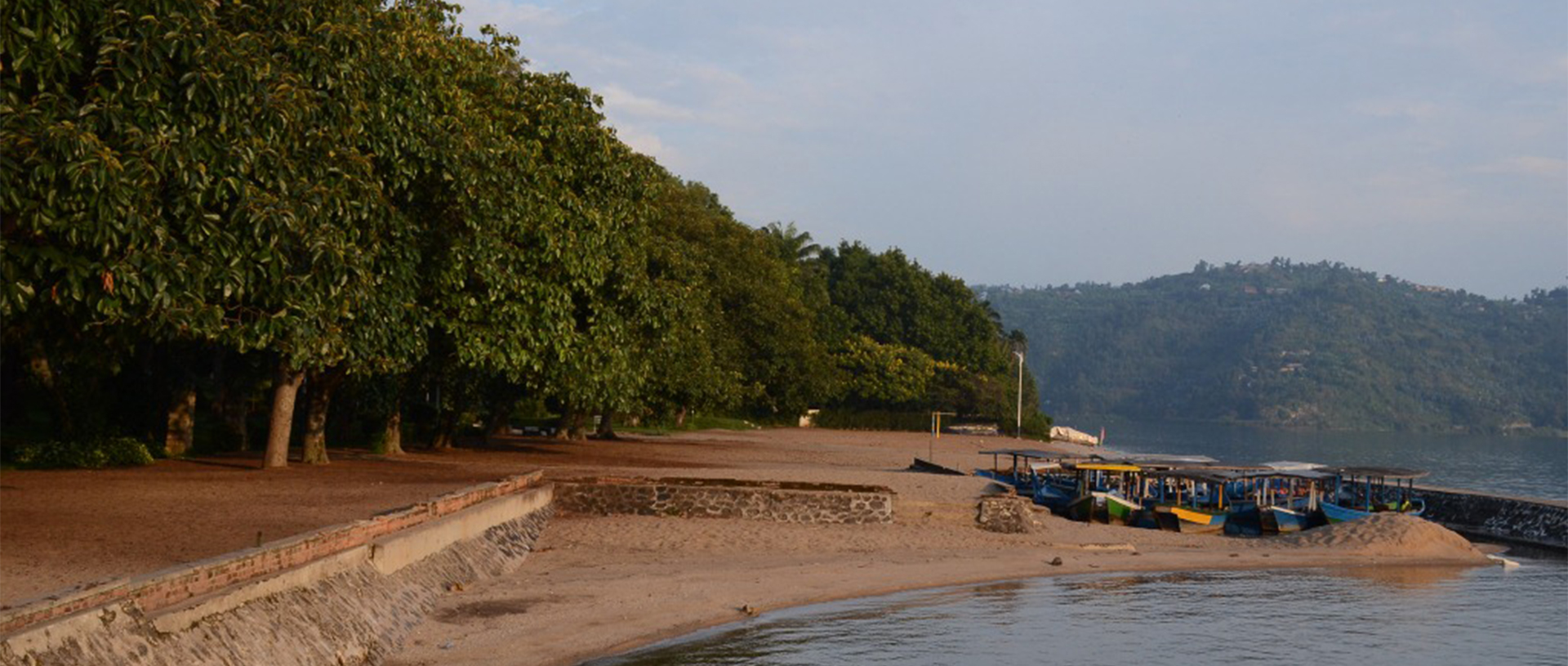
Previously known as Gisenyi, Rubavu is a large town on
the northern edge of Lake Kivu, an hour’s drive from Volcanoes National Park and the perfect place
to relax after gorilla trekking. Once a popular colonial beach resort, Rubavu’s waterfront is lined
with fading old mansions, hotels and trendy bars on the lakeshore, ideal for sundowner cocktails.
From Rubavu in the north, the Congo Nile Trail extends 227 kms of breathtaking landscapes all the
way to Rusizi in the south of Lake Kivu.
The trail gently curves back and forth as it weaves through
hills and mountains beside the lake with eucalyptus trees lining the road and every inch of the
hills seemingly terraced with bananas. For adventurous travelers, an exciting way to explore Rwanda
is a kayaking tour on Lake Kivu, or mountain biking or hiking one of the 6 off-the-beaten path
stages of the spectacular Congo Nile Trail.
KARONGI
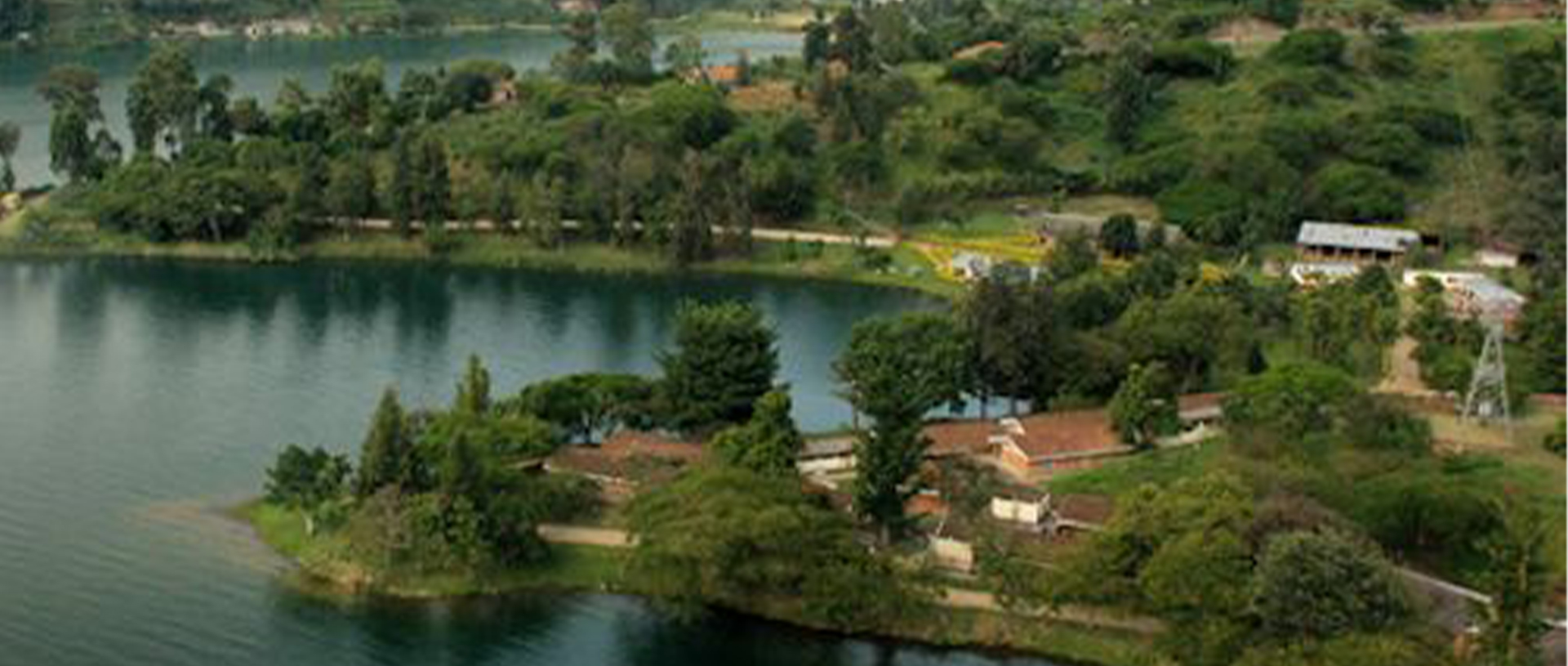
Karongi offers the beach retreat tourists and families living elsewhere in Rwanda
would love. It has a tranquil atmosphere and easy access from Kigali. It is scenic with hills
covered in pine and eucalyptus against a backdrop of the sparkling lake. There is a wide range of
accommodations with fishmen paddling across the water a sight to behold.
Activities here include: Relaxing on the beach, kayaking on the lake and boat rides to Napoleon’s
Island, home to a colony of fruit bats, or to dine at one of Amahoro Island’s restaurants.
You may also go out fishing with the locals.
MUSANZE – THE GORILLA CITY.
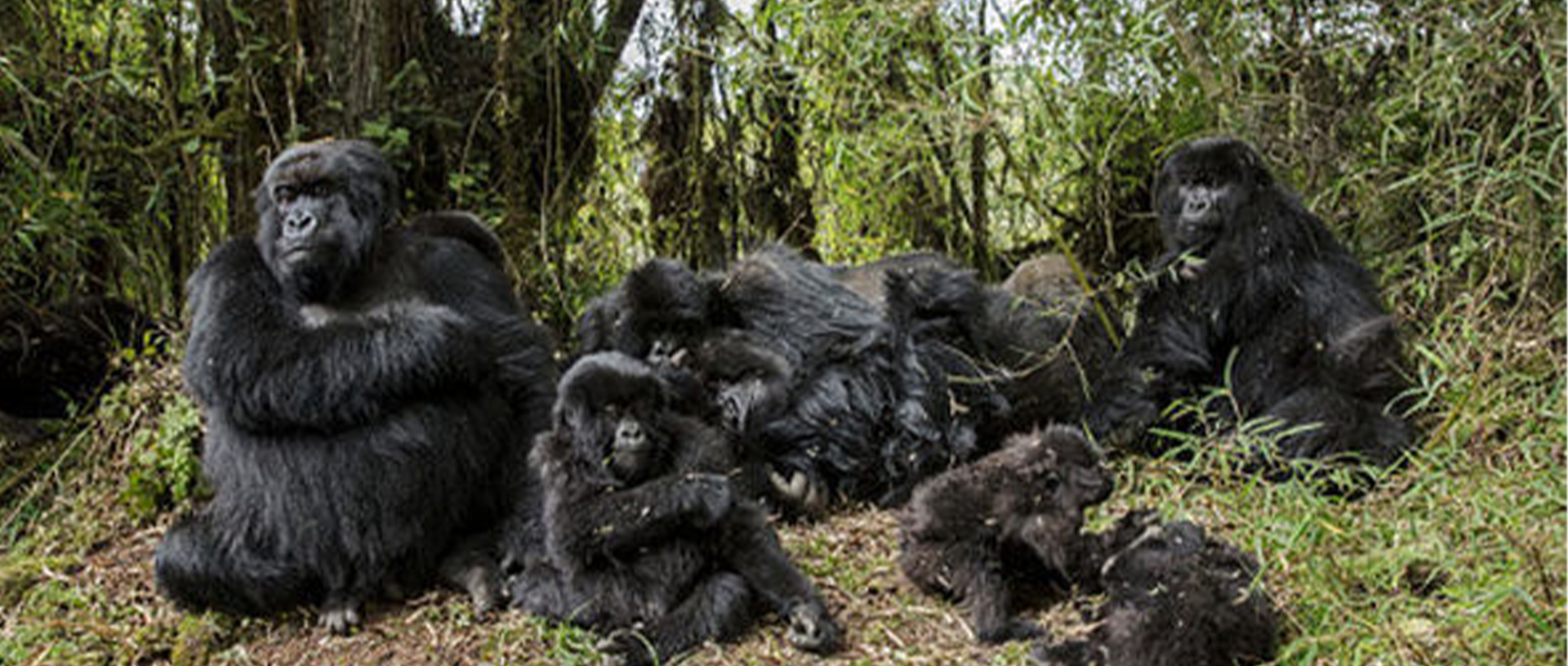
Musanze’s strategic location in the foothills of the Virunga Massif
is attractive to tourism, business and agriculture, with notably fertile land in the surrounding
region. Set at an altitude of 1,850m, the city is a convenient base for gorilla tracking, with the
Kinigi headquarters 13km away. For those keen to stay closer to the edge of the Volcanoes National
Park, there are various boutique lodges along its fringes with spectacular views and a more rural
setting.
Musanze city offers plenty of choice for eating out, ATMs to withdraw cash, vibrant nightlife,
markets and artisanal trades. Excursions from Musanze include a guided tour of the underground
caves, bicycle tours and a chance to meet the Rwandan cycling team at the Africa Rising Cycling
Centre, the Buhanga Eco-Park and the little-known lakes of Karago, Burera and Ruhondo. At Musaze
there is a bit of everything. Tea and coffee plantations, primates, birds, nature walks and
community visits.






